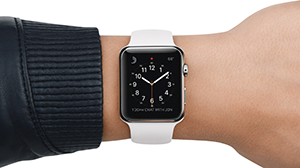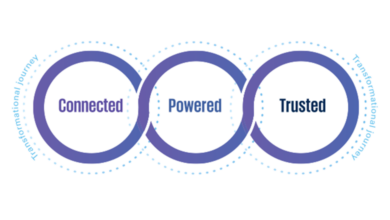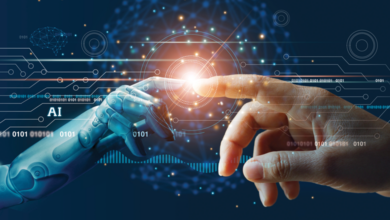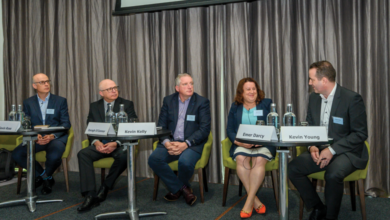Wearable technologies
Colm Heatley looks at the advent of wearable technologies which will become more common place into the future.
It may sound like a story line from a science fiction movie, but already in Sweden there is one company planting micro-chips under the skin of its employees. The NFC (Near Field Communications) chip allows workers to swipe in to the building using their hand and activate printers in the office by raising their arm.
About the size of a grain of rice, the chip is injected under the skin. It is, undoubtedly, a pioneering, and perhaps even extreme, effort by Stockholm’s Epicentre, a hi-tech business block, and one that might take some time to catch on, but miniaturization is set to be one of the trends in technology going forward. CCS Insights, a research company, forecasts global sales of wearable technology to soar from 29 million units last year to 172 million by 2018.
In fact the NFC chip is at the heart of Apple’s Pay system, which allows users to pay for goods by swiping their iPhones in front of a reader. The service was rolled out in the UK just last month and has already proven popular in North American.
Apple, keen to promote wearable technology, has already launched its Watch product. It uses a dial at the side for navigation and detecting a user’s preference highlights apps that are used most. It also sends reminders for meetings and deadlines, which Apple says will be useful in the workplace.
Already there are more than 3,000 apps available for the watch. Among them is one from Salesforce, a US firm, which allows users to get instant alerts regarding deals they are working on. The thinking behind is that if you’re away from your computer of phone for even five minutes, events can take place in a deal and the ability to respond quickly could make the difference between losing it or securing it.
Microsoft has also pushed inti this space and has developed an app for the phone which allows control of PowerPoint presentations from the phone. There are ethical dilemmas too. For example in the US some companies are keeping track of their employees’ activity levels in order to determine healthcare costs.
The Apple Watch is available from €320 up to more than £15,700, depending on the model. One downside to the device is it needs charged every night, not something consumers are used to doing to a watch.
Google is also active in the miniaturization and wearables market, though with less success. In January it suspended production of its Google Glass product, a wearable optical headset, and just recently began working on a successor, Google Glass 2.
Google Glass can be activated by either voice or tilting your head. It can take photos, gives you access to the web and can be used as a webcam for group conference calls on the move. It also provides GPS data, maps and traffic updates and can work both Apple phones and Android devices.
Its price has been the major sticking point in its development, more than €1,000. But significantly with Google Glass 2 the company has apparently gone for a new design which means the technology can be snapped on to other glasses, useful for work in the field.
The glasses are also said to be more rugged and water resistant than their predecessor.
These are just two examples of wearable devices and with two of the world’s most valuable tech companies putting them into production, it is fairly certain their popularity will increase.






